For food enthusiasts and travelers alike, cooking classes offer a unique window into local culture that goes beyond the typical sightseeing experience. However, not all cooking schools are created equal.
Many cater exclusively to tourists, offering watered-down recipes and superficial cultural insights. Here is a list of 20 cities worldwide where you can find authentic cooking experiences taught by passionate locals who prioritize genuine culinary traditions over Instagram-worthy moments.
Bologna, Italy
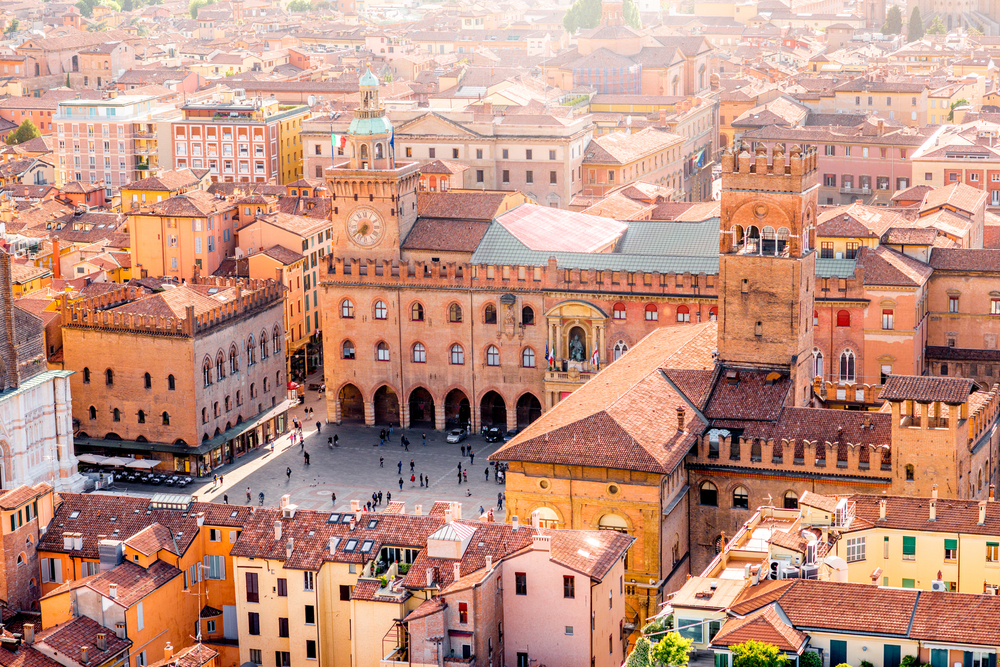
Bologna might not get the same attention as Rome or Florence, but true food lovers know this northern Italian city as the country’s gastronomic capital. Local cooking schools like Le Sfogline offer intimate pasta-making workshops where you’ll learn alongside Italian grandmothers who have been rolling tortellini and tagliatelle by hand for decades.
The classes emphasize technique over shortcuts, and you’ll often find yourself in a home kitchen rather than a polished demonstration space. Students frequently report continuing relationships with their teachers long after they’ve returned home.
Oaxaca, Mexico

Oaxaca’s cuisine is considered among Mexico’s most complex and diverse, making it the perfect destination for serious culinary students. Small-scale cooking schools like La Cocina Oaxaqueña connect visitors with indigenous cooks who share traditional techniques for making mole.
This sauce can contain over 30 ingredients and takes days to prepare properly. Many classes include market tours where you’ll learn to select chiles, herbs, and ingredients that aren’t commonly found outside the region. The instruction comes with a cultural context that helps you understand why certain dishes evolved the way they did.
Like Travel Pug’s content? Follow us on MSN.
Chiang Mai, Thailand
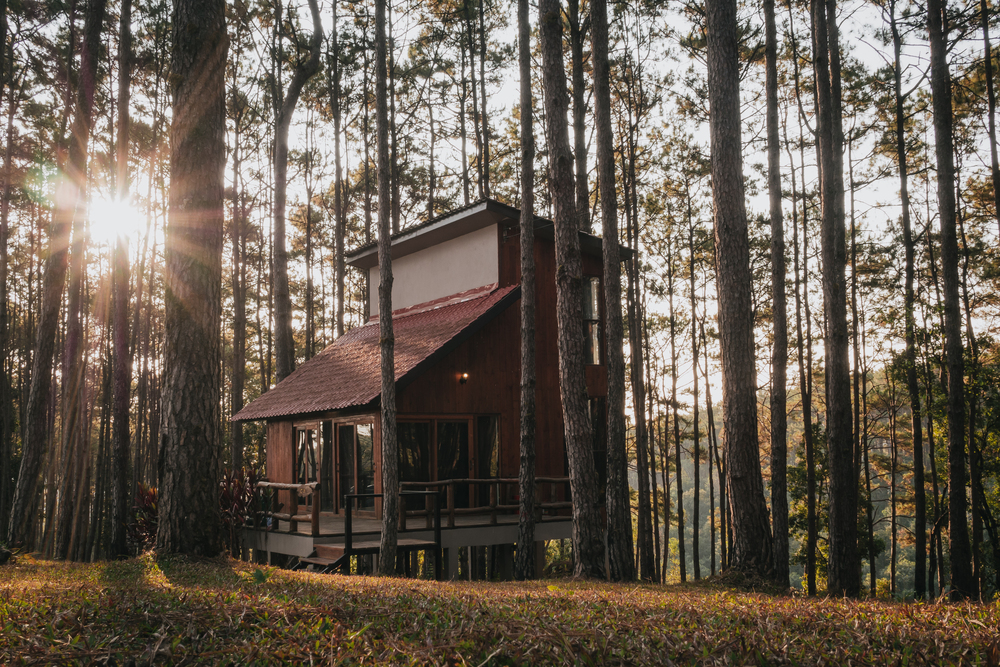
Northern Thai cuisine differs significantly from the Thai food typically found abroad, and Chiang Mai offers numerous opportunities to learn authentic preparations. Schools like Grandma’s Farm Cooking operate out of family compounds where ingredients come straight from surrounding gardens.
Beyond teaching recipes, these classes explain the medicinal properties of herbs used in Thai cooking and demonstrate how dishes change with the seasons. Many include foraging components where you’ll learn to identify edible plants growing throughout the countryside.
Istanbul, Turkey
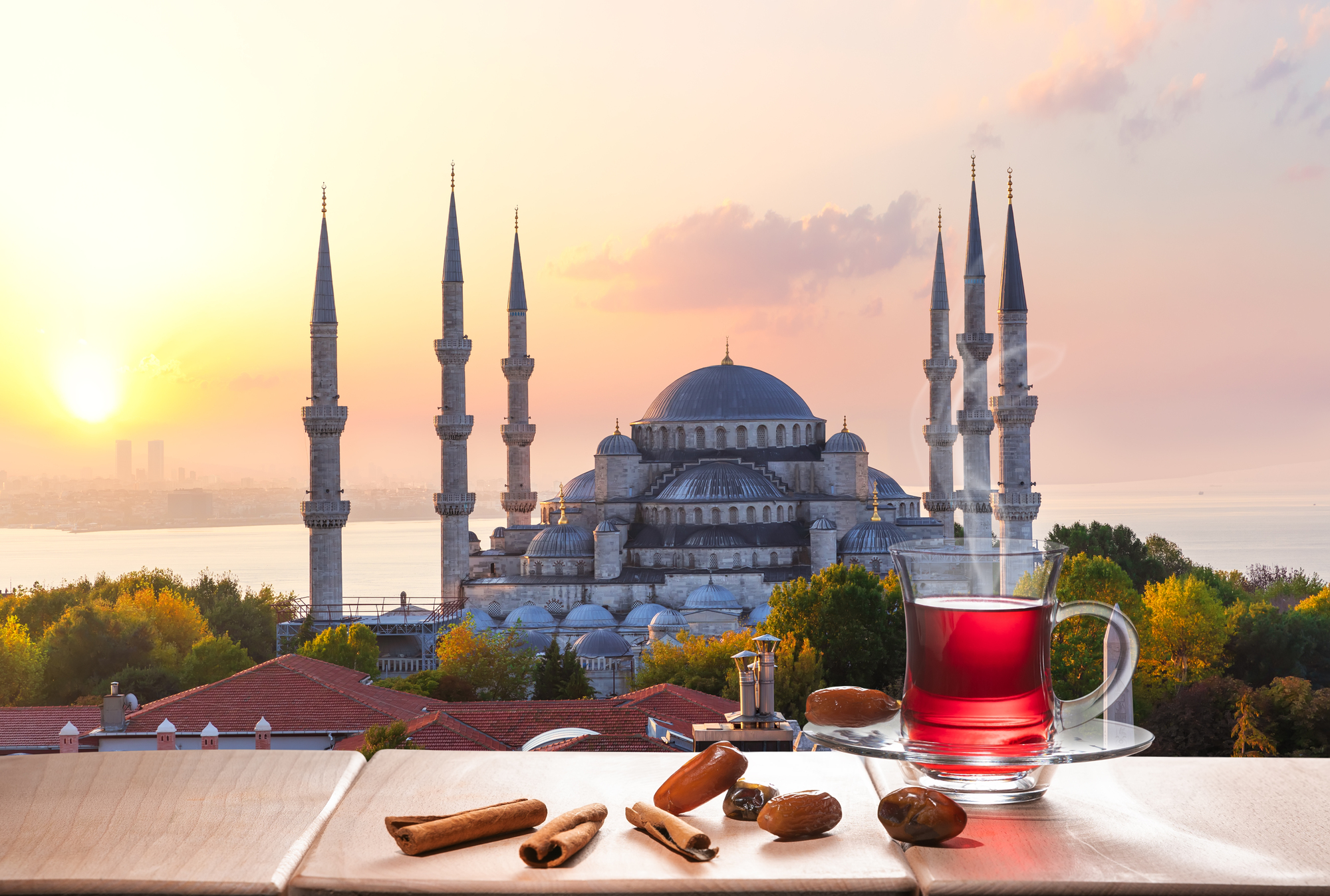
Istanbul straddles two continents, and its cuisine reflects influences from Europe, Asia, and the Middle East. Neighborhood-based cooking classes, like those in the Kadıköy district, connect visitors with home cooks rather than professional chefs.
You’ll learn to prepare regional specialties like manti (Turkish dumplings) and properly layered börek while hearing stories about how recipes traveled along ancient trade routes. These intimate settings encourage cultural exchange beyond food preparation techniques.
New Orleans, USA
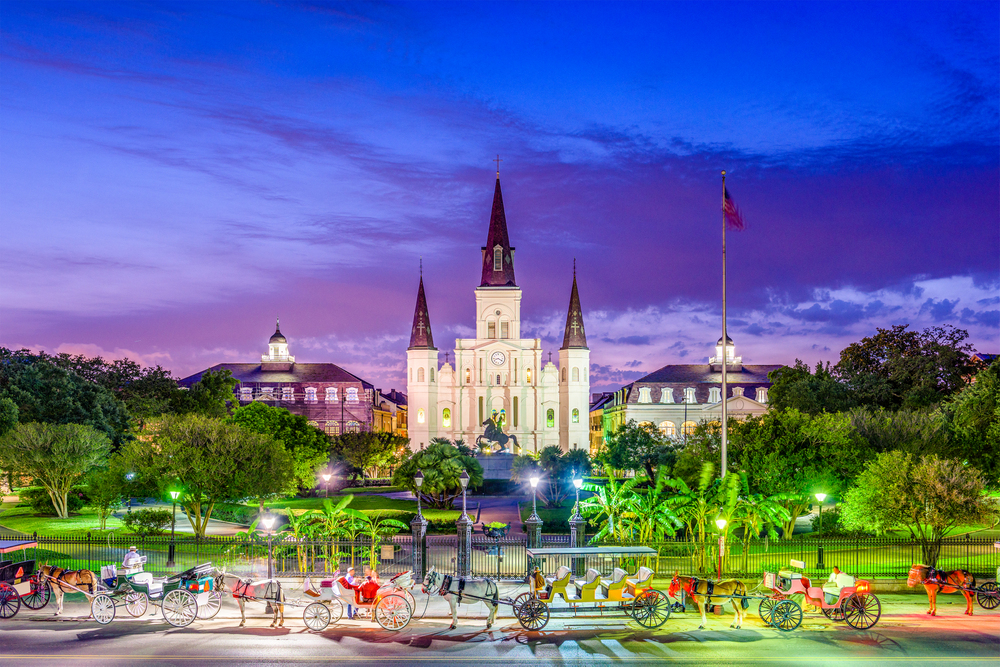
New Orleans cuisine represents a unique fusion of French, Spanish, African, and Caribbean influences that you won’t find elsewhere in America. Local institutions like the Southern Food and Beverage Museum offer classes taught by multigenerational Creole and Cajun families.
These instructors don’t just teach recipes—they share the historical context behind dishes like gumbo and jambalaya. Many sessions discuss how climate, geography, and cultural exchange shaped the city’s distinctive culinary traditions.
Like Travel Pug’s content? Follow us on MSN.
Fez, Morocco

Within the ancient medina of Fez, traditional cooking methods have remained largely unchanged for centuries. Small cooking schools operated by local families offer classes inside riads (traditional Moroccan houses), where you’ll learn to prepare dishes like tagine and pastilla in clay vessels over charcoal fires.
Teachers demonstrate techniques passed down through generations and explain the complex spice combinations that define Moroccan cuisine. Many include visits to communal bakeries where neighborhood women still bring their bread to be baked in shared ovens.
Tokyo, Japan

Tokyo’s cooking classes range from sushi-making to specialized instruction in traditional Japanese techniques like tempura or knife skills. Neighborhood-based schools like those in Kappabashi (Tokyo’s kitchen district) connect visitors with former restaurant chefs with decades of experience.
Classes typically focus on mastering fundamentals rather than quick results, with special attention to proper ingredient selection and presentation. Many include guidance on assembling a proper Japanese meal with multiple small dishes served in a specific order.
Hanoi, Vietnam
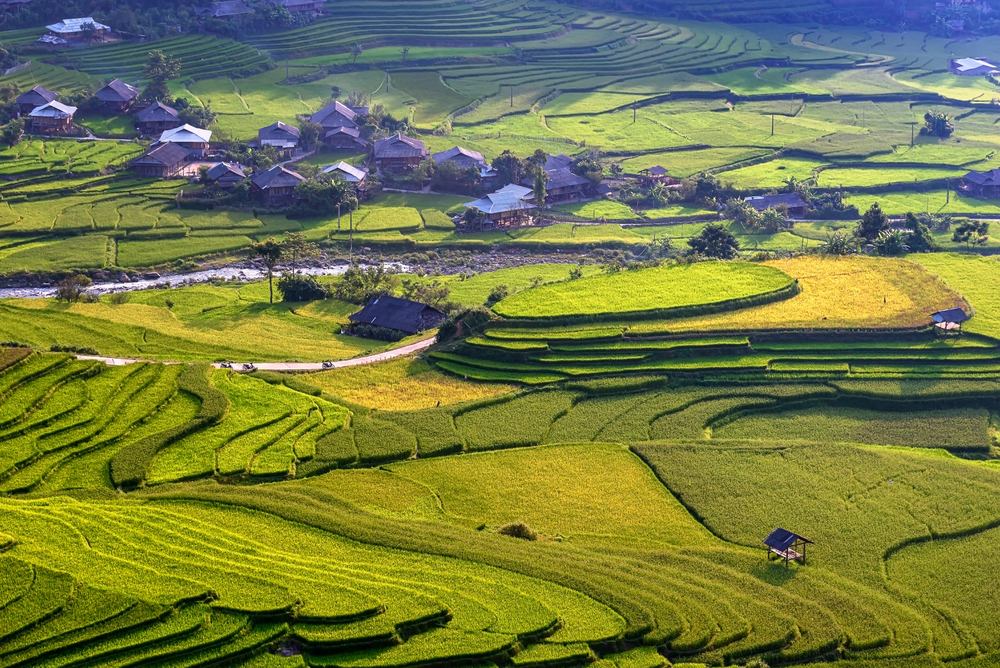
Hanoi’s cuisine is defined by subtle flavors, fresh herbs, and techniques that require patience and precision. Local cooking schools like the Hidden Hanoi Cooking Centre take students beyond the tourist areas into family kitchens where recipes have been preserved for generations.
Instructors teach proper cutting techniques for vegetables used in classic northern Vietnamese dishes and explain the balance of the five flavors essential to the cuisine. Many classes include neighborhood walks where you’ll learn to identify lesser-known herbs used in traditional cooking.
Like Travel Pug’s content? Follow us on MSN.
Barcelona, Spain
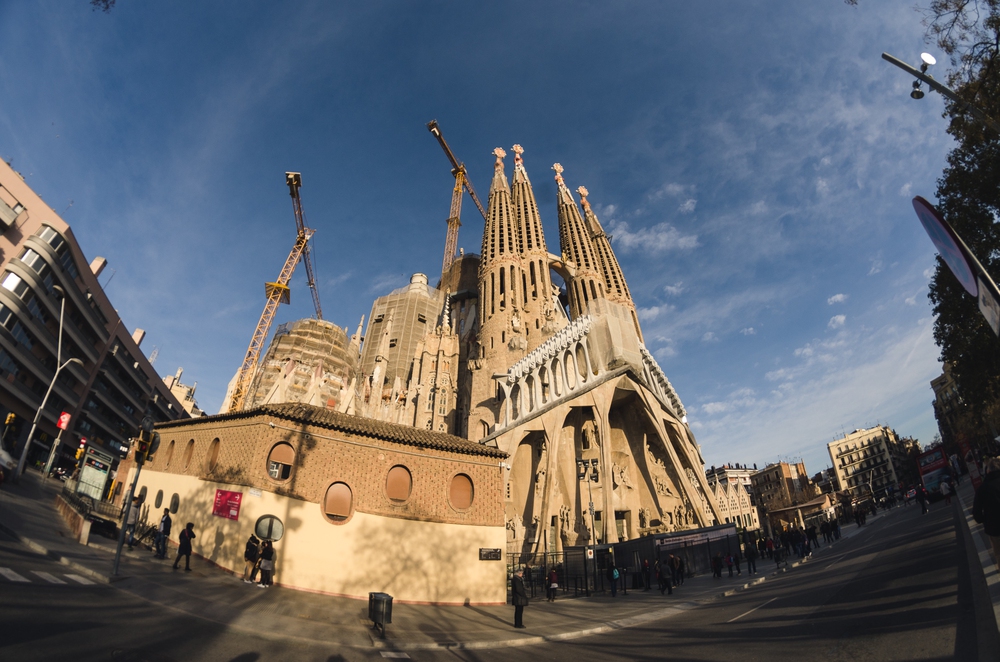
Beyond Barcelona’s famous markets lies a cooking culture deeply rooted in Catalan traditions. Family-run cooking schools in neighborhoods like Gracia offer classes on dishes rarely found in restaurants catering to tourists.
You’ll learn techniques for preparing authentic sofrito (the base for many Spanish dishes) and how to cook regional rice dishes beyond the familiar paella properly. Classes often include discussions about seasonal eating patterns and how Spanish meal timing differs from other cultures.
Tbilisi, Georgia

Georgian cuisine remains relatively undiscovered by mass tourism, making cooking classes in Tbilisi particularly rewarding. Local instructors teach traditional techniques for making khachapuri (cheese-filled bread) and properly spiced khinkali (dumplings) in home settings that highlight Georgian hospitality.
Many classes include instruction on making churchkhela (candle-shaped walnut candies) and using unusual spice blends like khmeli suneli. Teachers often share stories about how Georgian cuisine survived Soviet influence while retaining its distinctive character.
Osaka, Japan

Known as ‘Japan’s kitchen,’ Osaka offers experiences focused on everyday Japanese home cooking rather than just sushi or tempura. Neighborhood cooking teachers often hold classes in typical Japanese apartments, where you’ll learn practical techniques used by families.
Instructions cover making proper dashi (the foundational broth in Japanese cooking) and mastering dishes like okonomiyaki (savory pancakes) that originated in the region. Many teachers incorporate lessons about reducing food waste and maximizing ingredient usage.
Like Travel Pug’s content? Follow us on MSN.
Puebla, Mexico

Puebla gave the world mole poblano, but its culinary contributions extend far beyond this famous sauce. Local cooking classes connect visitors with families who have preserved traditional recipes through generations.
You’ll learn labor-intensive techniques for dishes like chiles en nogada (stuffed poblano peppers with walnut sauce) and proper methods for working with ingredients like hoja santa leaves and epazote. Many classes explore the fusion of pre-Hispanic and Spanish colonial influences that define Poblano cuisine.
Lyon, France

Often considered the true culinary capital of France, Lyon offers cooking experiences focused on technique and tradition rather than trendy dishes. Small cooking schools in the historic Croix-Rousse district connect visitors with former restaurant chefs who teach proper methods for making classics like quenelles (fish dumplings) and authentic Lyonnaise salad.
Classes frequently include visits to traditional markets, where instructors demonstrate how to select seasonal ingredients according to strict French quality standards. The focus remains on mastering fundamentals that apply across French cooking.
Kolkata, India
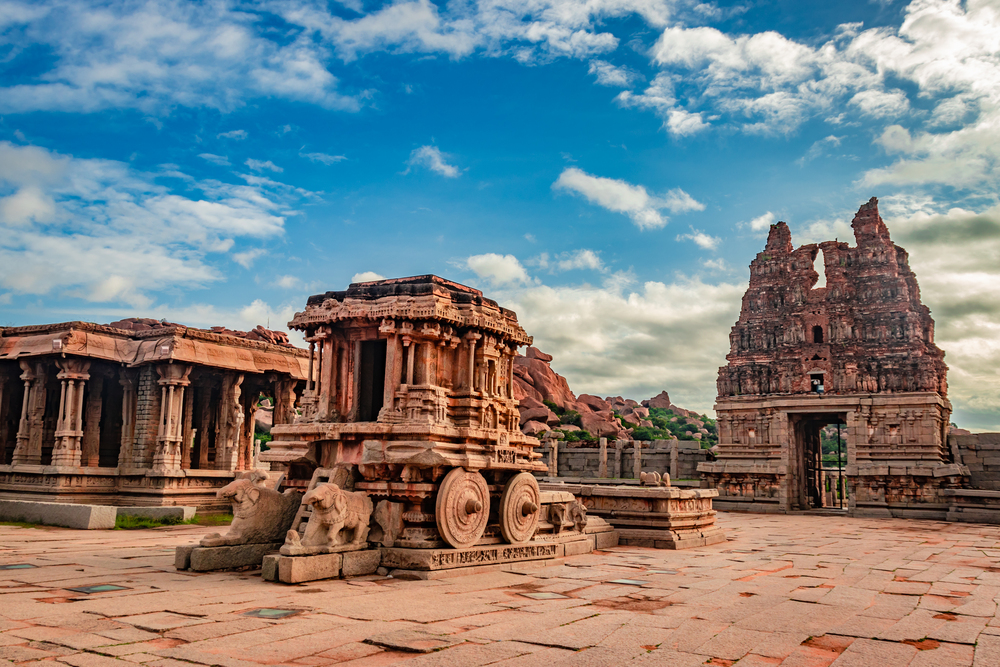
Kolkata offers distinctive Bengali cooking traditions that differ significantly from the North Indian cuisine typically found abroad. Neighborhood cooking classes take place in family homes, where participants learn to balance the five essential flavors of Bengali cooking and master techniques for preparing fish, a staple of the regional diet.
Instructors teach proper spice usage and explain the subtle differences between everyday cooking and special occasion dishes. Many classes also include discussions about British colonial influence on Bengali food traditions.
Like Travel Pug’s content? Follow us on MSN.
Portland, USA

Portland’s cooking scene combines Pacific Northwest ingredients with techniques from diverse culinary traditions. Local schools like the Portland Kitchen offer classes taught by immigrant families who share authentic recipes from their home countries alongside stories of adaptation.
You’ll learn about sustainable ingredient sourcing and how seasonality shapes cooking decisions in the region. Many classes include foraging components where instructors demonstrate how to identify edible plants native to the Pacific Northwest.
Copenhagen, Denmark

Beyond the famous high-end restaurants, Copenhagen offers cooking classes focused on traditional Nordic preservation techniques and seasonal cooking. Small schools operated by former restaurant chefs teach proper fermentation methods, bread baking using ancient grain varieties, and techniques for preparing foraged ingredients.
Classes often explain the philosophy behind New Nordic Cuisine while demonstrating how everyday Danish cooking incorporates these principles. Many include instructions on creating balanced meals that reflect Denmark’s emphasis on sustainability.
Lima, Peru

Lima’s emergence as a culinary destination goes beyond its famous restaurants to include cooking schools that teach traditional Peruvian techniques. Local instructors demonstrate proper ceviche preparation and explain the diversity of potatoes and corn varieties native to Peru.
Classes often include instruction on making aji amarillo paste from scratch and properly balancing the Asian influences found in Peruvian cuisine. Many connect students with indigenous cooks who share pre-Columbian cooking methods still used in family kitchens.
Like Travel Pug’s content? Follow us on MSN.
Seoul, South Korea

Seoul’s cooking classes go beyond kimchi to explore the complex world of Korean home cooking and preservation techniques. Neighborhood-based schools connect visitors with experienced home cooks who teach proper fermentation methods and the preparation of seasonal banchan (side dishes).
Instructors demonstrate techniques for balancing the core Korean flavors and explain the health principles that underlie traditional Korean meal structure. Many include visits to local markets where you’ll learn to select specialty ingredients not commonly found outside Korea.
Tel Aviv, Israel

Tel Aviv offers cooking experiences that explore the diverse influences on Israeli cuisine across the Middle East, North Africa, and Eastern Europe. Small cooking schools connect visitors with home cooks from different cultural backgrounds who share family recipes alongside migration stories.
You’ll learn techniques for preparing proper hummus from scratch and mastering diverse breakfast dishes beyond the familiar shakshuka. Many classes explore the agricultural innovations that have shaped modern Israeli cooking.
Palermo, Italy
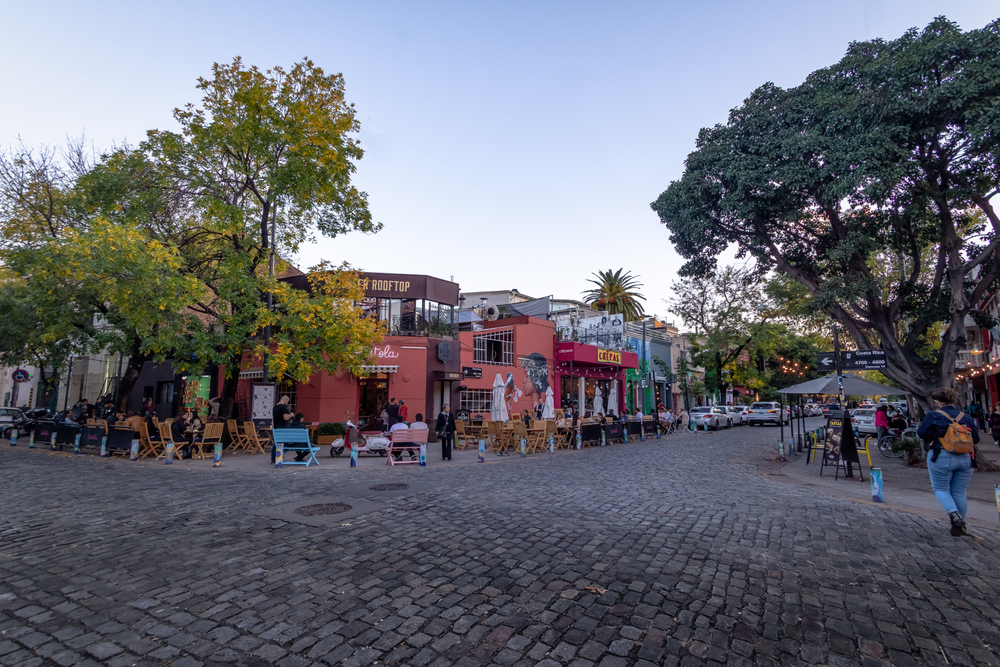
Sicily’s complex history of conquest and cultural exchange has created a distinctive cuisine, unlike mainland Italian cooking. Palermo’s family-run cooking schools teach traditional methods for preparing dishes with Arab, Norman, and Spanish influences.
Instructors demonstrate proper techniques for classics like arancini (fried rice balls) and pasta con le sarde (pasta with sardines and wild fennel). Many classes include market tours that help you understand the North African influences that are still evident in Sicilian ingredient selection.
Like Travel Pug’s content? Follow us on MSN.
The Lasting Flavor of Authentic Learning
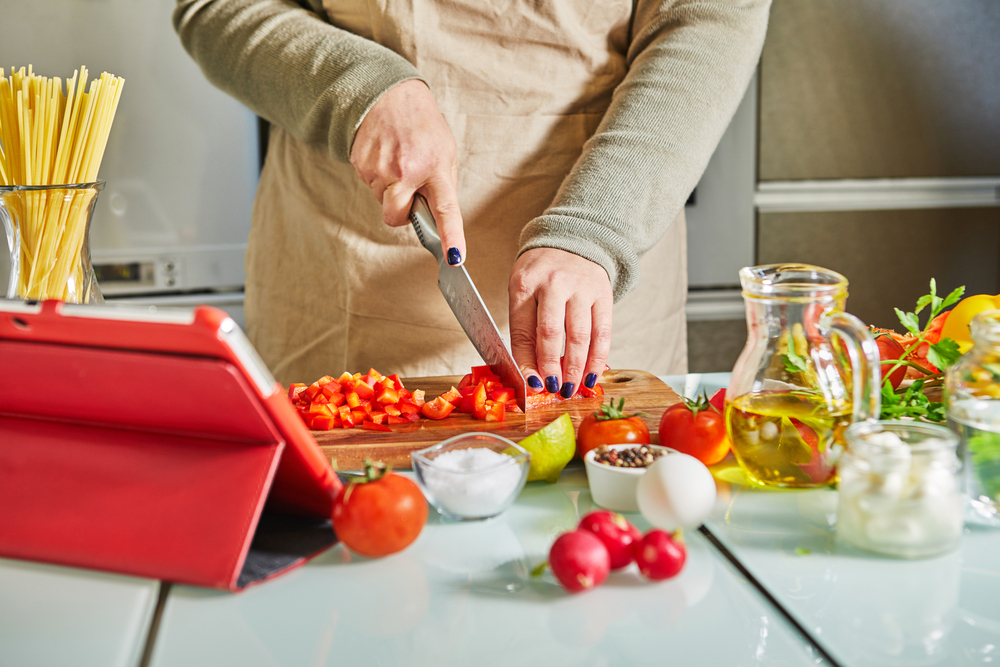
These cooking experiences offer far more value than just recipes to recreate at home. They provide cultural context, historical understanding, and personal connections that transform one’s relationship with food.
When cooking classes are approached as cultural exchange rather than tourist entertainment, they become one of the most meaningful ways to experience a destination. The techniques and stories you learn become souvenirs that continue to give long after your travels end.
More from Travel Pug

- Cities Growing so Fast You Won’t Recognize Them in 10 Years
- 13 Destinations Where Tourists Regularly Regret Their Trip
- 20 Obscure WWII Sites Even History Buffs Don’t Know About
- 10 Under-the-Radar Mountain Towns That Are Both Affordable and Beautiful
- Remote Villages in Europe Where You Can Live for Free in Exchange for Work
Like Travel Pug’s content? Follow us on MSN.
